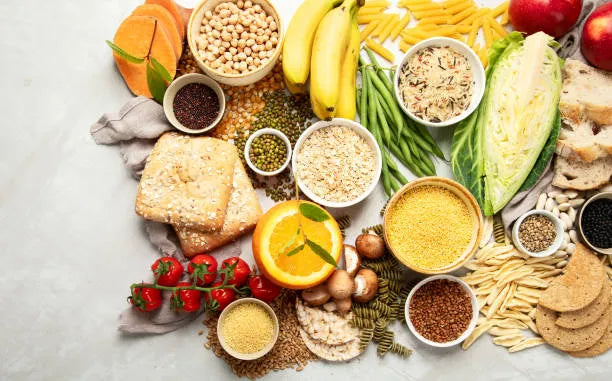
Why Fiber is Your Fitness Ally
Share
When I first started getting serious about my fitness goals, I focused almost entirely on protein, calories, and supplements. Fiber? It barely crossed my mind. But as I dug deeper into what truly fuels peak performance and overall wellness, I discovered that fiber isn’t just good for digestion—it’s actually a powerhouse when it comes to fitness. Let me share with you why fiber is your ultimate fitness ally and how it can help you get stronger, feel better, and even recover faster.
Fiber Fuels Your Energy Levels
One of the first things I noticed when I increased my fiber intake was more stable energy throughout the day. That’s because fiber, especially the soluble kind, slows down the absorption of carbohydrates, which means a more gradual release of glucose into the bloodstream. No more sugar crashes or energy dips in the middle of a workout! It helped me maintain the stamina I needed to power through intense sessions and still feel good hours later.
Improved Digestion = Better Performance
Let’s be real—no one performs their best when dealing with digestive issues. Bloating, discomfort, and irregularity can throw off your entire routine. When I added more fiber-rich foods to my meals—think oats, lentils, berries, and leafy greens—I noticed a huge difference in my digestion. Everything just… worked better. A healthy gut means I’m not distracted or sluggish, and I can focus on hitting my personal best.
Fiber Helps with Recovery and Inflammation
Post-workout recovery is just as important as the workout itself. I found that certain types of fiber, particularly from fruits and vegetables, have anti-inflammatory properties. Reducing inflammation means faster recovery and less soreness, which means I can train more consistently. Plus, fiber supports gut health, which is tightly linked to immune function—so I get sick less often and stay on track with my fitness goals.
Weight Management and Muscle Gains
If you’re trying to lean out or maintain a healthy weight, fiber is a game changer. High-fiber foods are naturally more filling, so I felt satisfied longer without overeating. This helped me manage cravings and stick to my meal plan. Interestingly, when my weight was in check, I found it easier to build muscle and see the definition I’d been working so hard for. Fiber didn’t just help me feel full—it helped me feel strong.
Easy Ways to Add More Fiber
I get it—it can feel overwhelming to overhaul your diet. But adding fiber doesn’t have to be complicated. Here’s what worked for me:
Starting the day with a fiber-packed breakfast like chia pudding or overnight oats.
- Swapping out white rice for quinoa or brown rice.
- Snacking on raw veggies or fruit with the skin on.
- Adding beans or lentils to salads, soups, and stews.
- Choosing whole grain versions of bread, pasta, and cereal.
Small changes add up quickly—and trust me, your body will thank you.
Fiber isn’t just about staying “regular”—it’s a powerful tool for anyone serious about fitness. It supports energy, performance, recovery, and even mental clarity. Once I embraced fiber as part of my fitness routine, I saw real, tangible results. If you’ve been overlooking fiber, now’s the time to give it the attention it deserves.
Get more knowledge about eating healthy, please refer to Mediterranean Vegetarian Cookbook.
